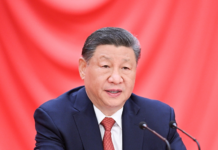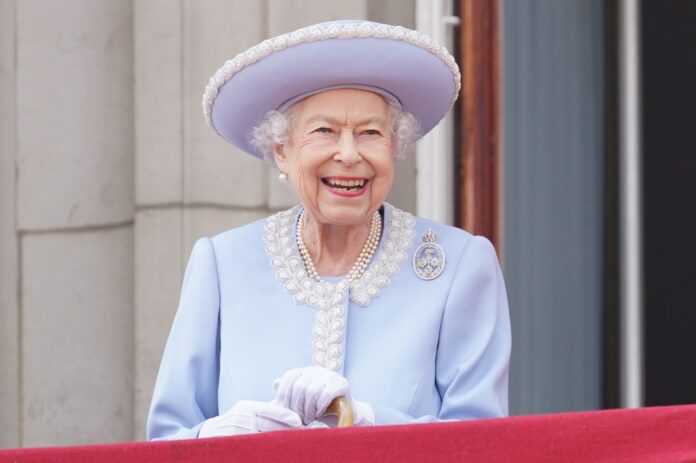Elizabeth II was one of the most famous figures in world history: a queen whose reign surpassed all British monarchs and other world leaders. But although she stood for the continuity and tradition of the English monarchy, her reign was anything but prophetic. From her accession to the throne in 1952 until her death in 2022, the Queen has experienced tremendous change in her family, her country and the world.
Elizabeth II’s coronation in June 1953 had all the pomp and circumstance of a grand ceremony. But it was different from the coronations of many kings before it: it was televised. The decision to televise the coronation was a controversial one. The venerable, tradition-bound commission that planned the event was horrified at the idea of allowing cameras to be installed on such a solemn occasion in Westminster Abbey, and Elizabeth herself was camera-shy. But eventually he overruled his advisers and decided to go ahead with the live broadcast. The decision revolutionized the monarchy’s attitude towards the media, writes Radio Times. Soon, the Queen herself was a TV watcher. Towards the end of its reign, the monarchy leveraged smartphones and social media to build its public image. It has a presence on platforms like Twitter and Instagram and has hired a digital expert to develop its live message. The monarchy may not be so private anymore, but its message is still impeccably controlled. When Elizabeth took the throne, Northern Ireland was ruled by Protestant Unionists who supported the rest of the United Kingdom for decades. But in 1968, tensions rose over whether Northern Ireland should become part of the Republic of Ireland, an independent state with which it shares an island. Meanwhile, despite protests and threats, the Queen annexed Northern Ireland in 1977. and finally, in 1998, the conflict ended with the Good Friday Agreement. In 2011, Elizabeth spoke publicly about the troubles during a visit to Dublin. “To all those who have suffered because of our troubled past, I offer my sincere thoughts and deepest sympathies,” she said, “almost an apology.”
At the time of her death, she was as strong a figure as the old schoolmasters who had come before her: the longest-lived British monarch ever.
At the height of the British Empire, it was estimated that one in four people were British subjects. When Elizabeth began her reign, Britain had more than 70 overseas territories. But he inherited an empire in crisis. The government had already begun to recognize that it would need to give more power to the colonies in order to survive, and during the 1960s it left one colony after another in an atmosphere of revolt and rebellion. From Africa to Asia, Britain gave up colonies like Kenya and Malaysia. At the time of her death, Elizabeth was the monarch of only 16 countries known as the Commonwealth realms. “The Commonwealth bears no resemblance to the empires of the past,” he said in 1953, fearing the collapse of the British Empire. It is a completely new concept, built on the highest qualities of the human soul: friendship, loyalty and the desire for freedom and peace. I will give myself wholeheartedly every day of my life to this new concept of equal partnership of nations and races. All families have ups and downs, but Elizabeth’s family always tried to keep her scandals and controversies under wraps. Raised in an environment of near-privacy, Elizabeth witnessed her parents’ public affair and the horrified reaction to her uncle’s abdication. When she took the throne, divorce was forbidden in the royal family and the family did their best to hide scandals such as Princess Margaret’s stormy love life. But over the years, the royal family learned that they could not be immune to scandal. Princess Margaret divorced in 1978, and Prince Charles and Princess Diana separated in 1992, turning the strained family atmosphere into worldwide rumors that Queen Elizabeth had urged them to divorce. Their family was no longer taboo and divorced in 1996. The family faced calamity, from the tragic death of Diana in 1997 and the marriages and legal disputes of Princes William and Harry. Everyone was in the news. When Elizabeth took the throne, the monarchy was at its most accessible – if you compare it to the days when monarchs simply hid inside their castles and rarely came in contact with their subjects. But the early days of Elizabeth’s reign were also relatively hidden, and her subjects were more likely to catch glimpses of their queen in person from afar or on television. Although she went on tour as queen, she only interacted with dignitaries when Elizabeth visited New Zealand. The practice became a new tradition of limited meet-and-greets with enthusiastic crowds, putting Elizabeth in direct contact with thousands of subjects over the years. Elizabeth was only 25 when she took the throne, and was often the new kid in the room when she met foreign dignitaries, presidents and prime ministers. World leaders who were in power at the time of her coronation included Winston Churchill, Joseph Stalin and Dwight David Eisenhower, who could not have been more different from the young queen. But during her more than six decades on the throne, Elizabeth surpassed them all, becoming a strong symbol of continuity while the world changed around her. At the time of her death, she was as strong a figure as the old schoolmasters who had come before her: the longest-lived British monarch ever.























